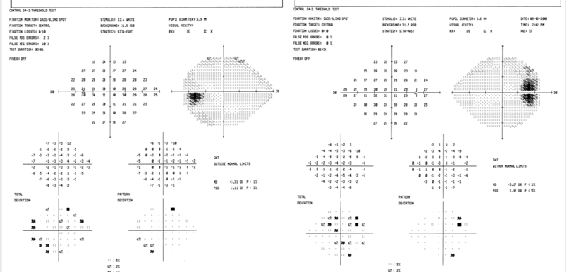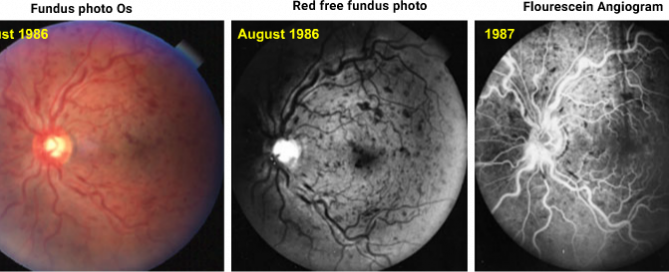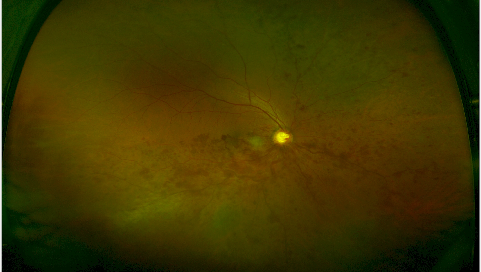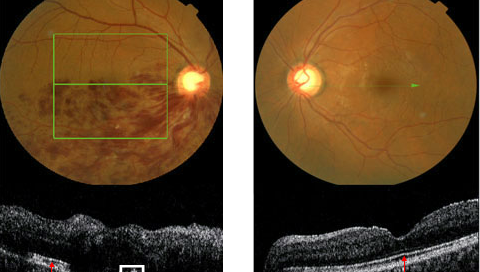Three Quadrant Retinal Vein Occlusion – Page 9 of 19
Visual field loss is most likely due to the POAG but has not progressed for over a decade. Goldmann lOPs have been below 20 consistently with good compliance to medications. The C/Ds are large OU but have not changed over the last decade (but have increased over the two decade period). The full medical workup







